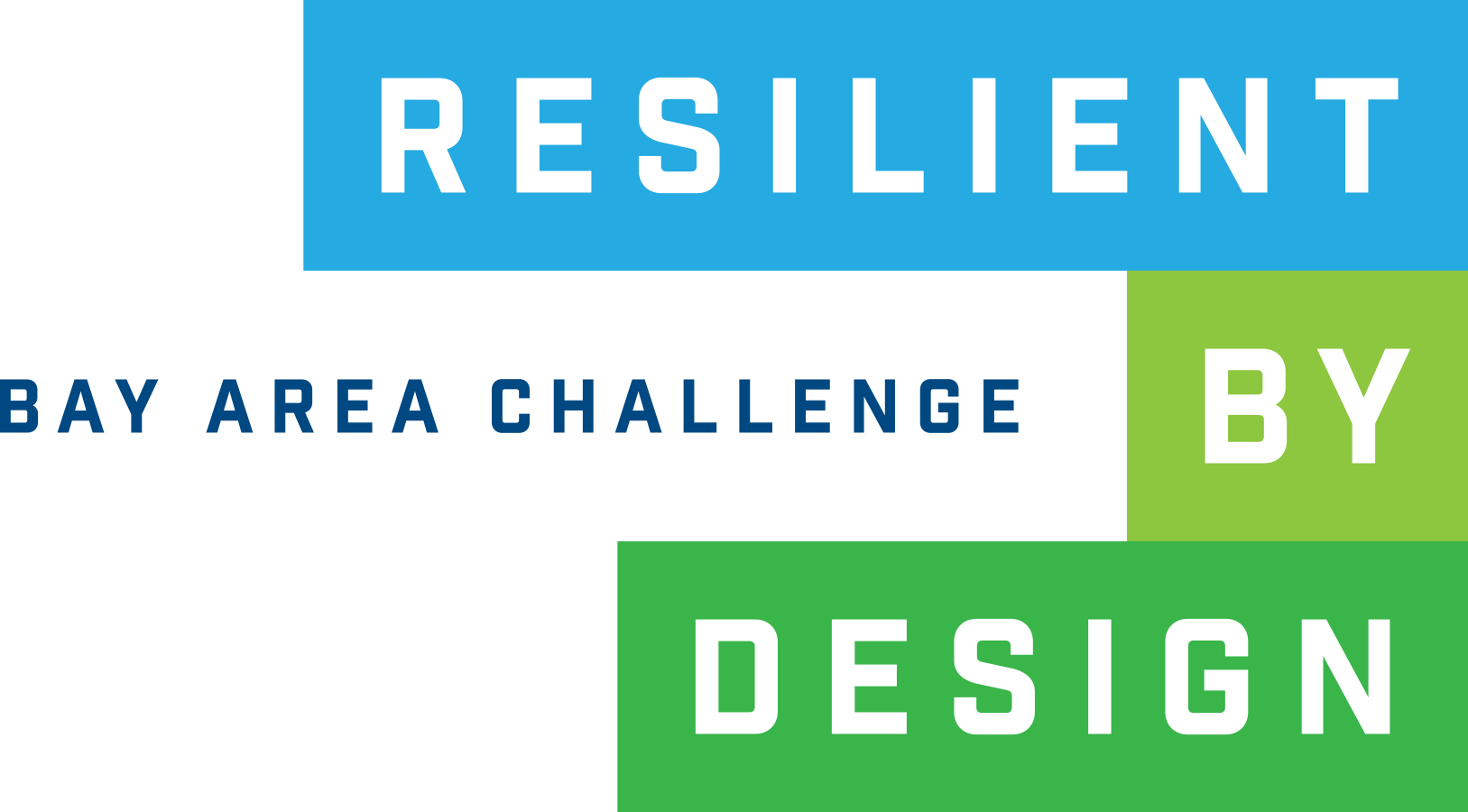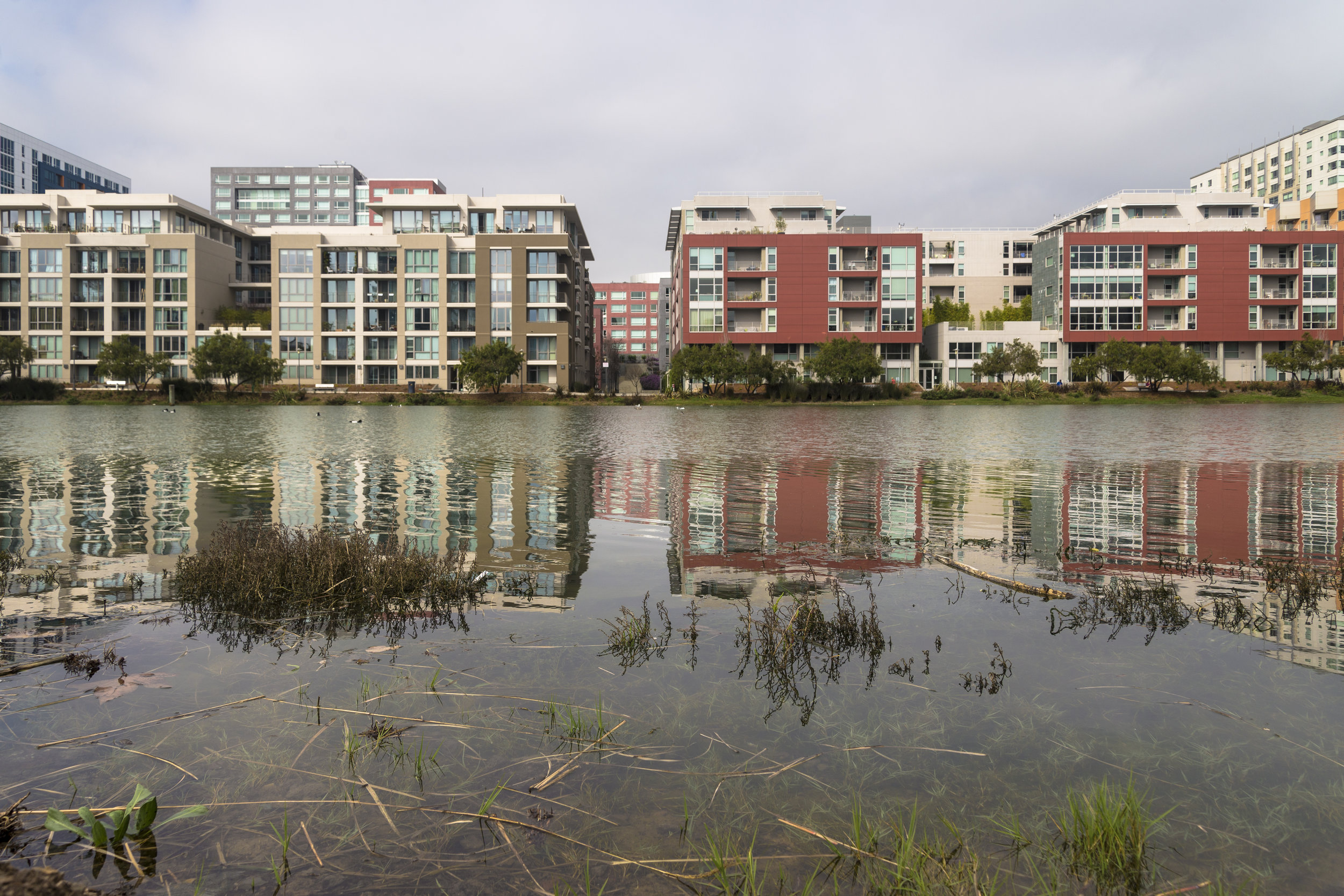Resource List
Sea Level Rise Viewers and Data
Our Coast Our Future
The Our Coast Our Future viewer for San Francisco Bay includes both static (i.e. tides and global sea level rise) and dynamic components of water levels (i.e., storm surge and wave set-up and run-up), as well as explicit modeling of the flow of the flood waters. For more details, explore NOAA’s Sea Level Rise Viewer and Our Coast Our Future’s Flood Map to visualize the projected impacts of different sea level rise and storm surge scenarios for specific areas within the Bay. http://data.pointblue.org/apps/ocof/cms/
Adapting to Rising Tides
The Adapting to Rising Tides program of BCDC is a comprehensive toolkit created to aid in decision-making processes around climate adaptation solutions. They provide data, strong analysis, and helpful guidance on reaching climate adaptation solutions. http://www.adaptingtorisingtides.org/
Maps and data products can be found here: http://www.adaptingtorisingtides.org/maps-and-data-products/
San Francisco Estuary Institute (SFEI) resources
The Resilience Atlas is an interactive mapping platform that visualizes the past, present and future conditions of the Bay’s edgeand surrounding watersheds by combining layers of information, such as shoreline infrastructure, shoreline change over time, and sea level rise.The project aims to aid regional planning efforts, restoration managers, government organizations, nonprofits, and citizens and serve as a repository of scientific analysis. http://www.sfei.org/rbd
NOAA Office for Coastal Management Sea Level Rise Viewer
Mapping and data for sea level rise including community impacts, various flooding projections, wetland impacts, water depth and additional characteristics. Layers and tools can be found here: https://coast.noaa.gov/digitalcoast/tools/slr
Social Vulnerability data and mapping
Approaches to understand and classify social vulnerability vary. Some of these approaches include map-based screening tools, which identify geographic locations with populations that exhibit characteristics of heightened vulnerability. Each of the screening tools includes data about population characteristics, and some include environmental hazard data. These data sets and associated viewers are primarily used in research and planning. In some cases, vulnerability designation is tied to funding sources. These tools represent just one method to locate areas that may need support and it does not serve as a comprehensive description of communities.
Stronger Housing, Safer Communities
The Resilience Program at the Association of Bay Area Governments and Adapting to Rising Tides (ART) Program at San Francisco Bay Conservation and Development Commission partnered on the 2015 Stronger Housing, Safer Communities project to better understand and characterize housing and community vulnerability to flooding and earthquakes, and to develop strategies to reduce these vulnerabilities. Data can be accessed here: http://www.adaptingtorisingtides.org/project/stronger-housing-safer-communities-strategies-for-seismic-and-flood-risks/
CalEnviroScreen
CalEnviroScreen was developed by OHHEA on behalf of California EPA in order to designate ‘disadvantaged communities’ as defined by Senate Bill 535. https://oehha.ca.gov/calenviroscreen/report/calenviroscreen-30
US Environmental Protection Agency EJSCREEN
EJSCREEN is intended to be used as a screening-level tool and does not definitively identify environmental justice issues in any specific location or label any areas as an “environmental justice community.” It is not designed to measure cumulative impacts of additive environmental hazards, and not designed to quantify risk. Access the mapping tool here: https://ejscreen.epa.gov/mapper/
Metropolitan Transportation Commission (MTC) Communities of Concern
The Metropolitan Transportation Commission (MTC) is the regional transportation planning, financing, and coordinating agency in the Bay Area, and developed the Communities of Concern (CoC) designation through a regional equity working group process. In establishing local funding priorities for One Bay Area Grants, projects located in a CoC are “favorably considered.” Data layers can be accessed here: http://mtc.maps.arcgis.com/home/item.html?id=7ce7b5ba22514340bb7dffdc6bdc4287
Multiple Benefit Tools
The Bay Area GreenPrint
The Bay Area Greenprint is a tool that reveals the multiple benefits of natural and agricultural lands by mapping, measuring and explaining the values that natural resources contribute to the ecosystem, the economy, and the local and regional community. The goal of the Bay Area Greenprint is to provide a regional source of accessible conservation data and a framework for interpretation to incorporate early into land use and infrastructure planning. https://www.bayareagreenprint.org/
Key planning documents and processes
Federal
The EPA Climate Adaptation Resource Center has a wide array of climate adaptation planning documents and data sets that may be useful for high-level analysis of Bay Area vulnerabilities. The resource center can be accessed here: https://www.epa.gov/arc-x/planning-climate- change-adaptation
State
Cal-Adapt is an excellent resource for state level recommendations and policy considerations around adaptation and resilience. At the website, you can browse climate impacts research as well as download data and explore community challenges. http://beta.cal-adapt.org/
Local
Association of Bay Area Governments Resilience Program, now a part of MTC, has created an adaptation clearinghouse for local governments to submit their resilience and adaption planning documents. The compilation of resources can be accessed here: http://resilience.abag.ca.gov/
Bay Area Rapid Transit (BART) Climate Adaptation Pilot Assessment Report Summary for transportation vulnerability can be accessed here: https://www.transit.dot.gov/sites/fta.dot.gov/ files/FTA0074_Research_Report_Summary.pdf
Mapping Our Future: 2013 study of 350 respondents, Bay Localize (now Rooted in Resilience) found community members wanted to be involved in planning decisions around resilience, and want associated funding and professional development opportunities. The report can be accessed here: http://www.baylocalize.org/files/ EquityReportFinal041213v11.pdf
The National Association of Climate Resilience Planners has released the Community-Driven Climate Resilience Planning Framework, Version 2.0 offers a strong framework for community-driven resilience planning that can guide teams in their engagement from problem formation and needs assessment to design opportunity concept. The framework document can be accessed here: http://movementstrategy.org/b/wp-content/uploads/2017/07/CDCRP_7-24-17.pdf
The Resilience Assessment Toolkit from Rooted in Resilience provides materials to aid in community needs assessment and building climate resilience at the community level and relevant for implementation at various scales. http://rootedinresilience.org/programs/communities-for-resilience/toolkit/
SFEI is developing a planning tool for identifying integrated adaptation strategies to address issues of both the natural and built environment using Operational Landscape Units (OLU). The project is in early stages, and will run through 2018. http://www.sfei.org/rbd

